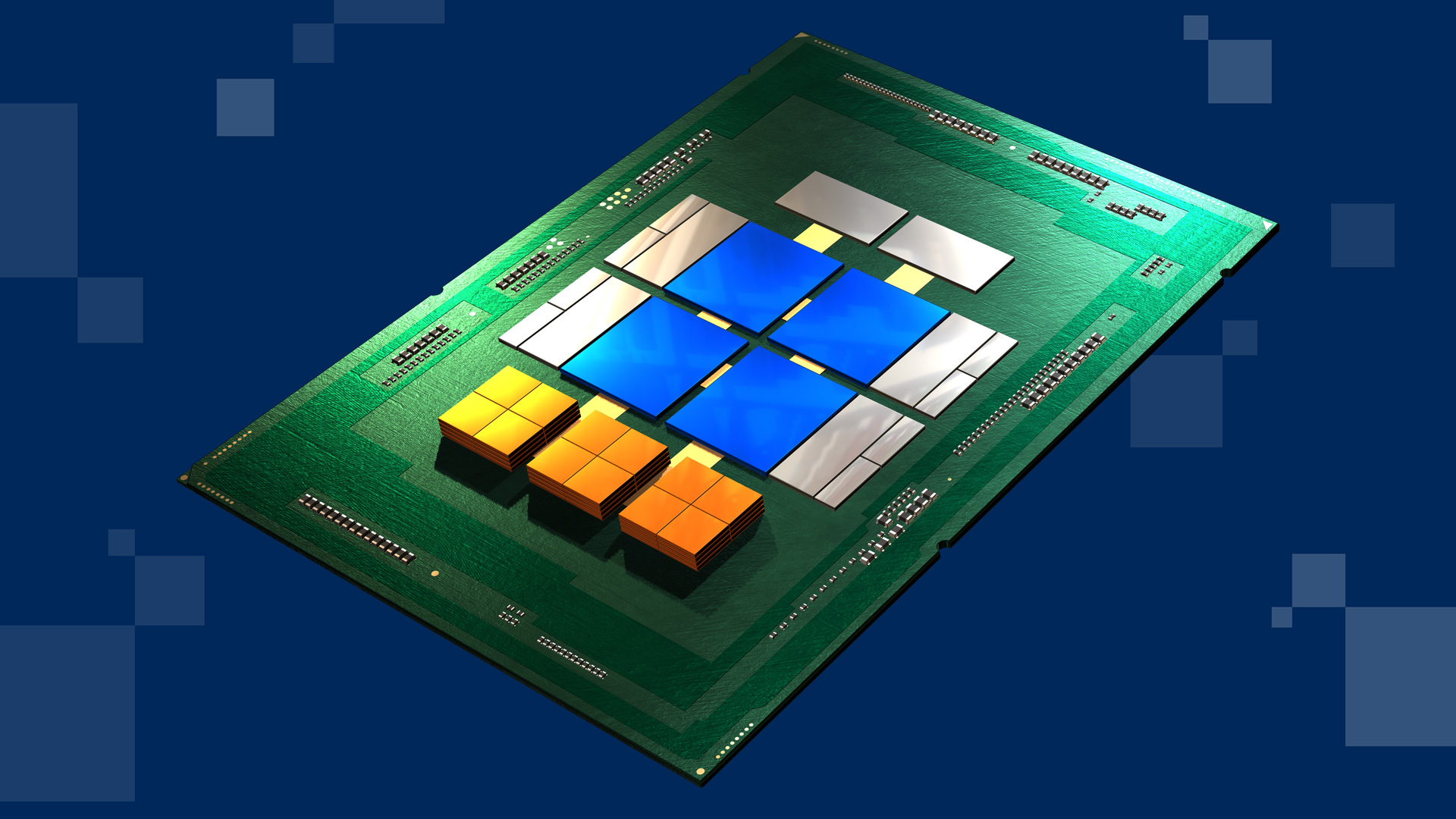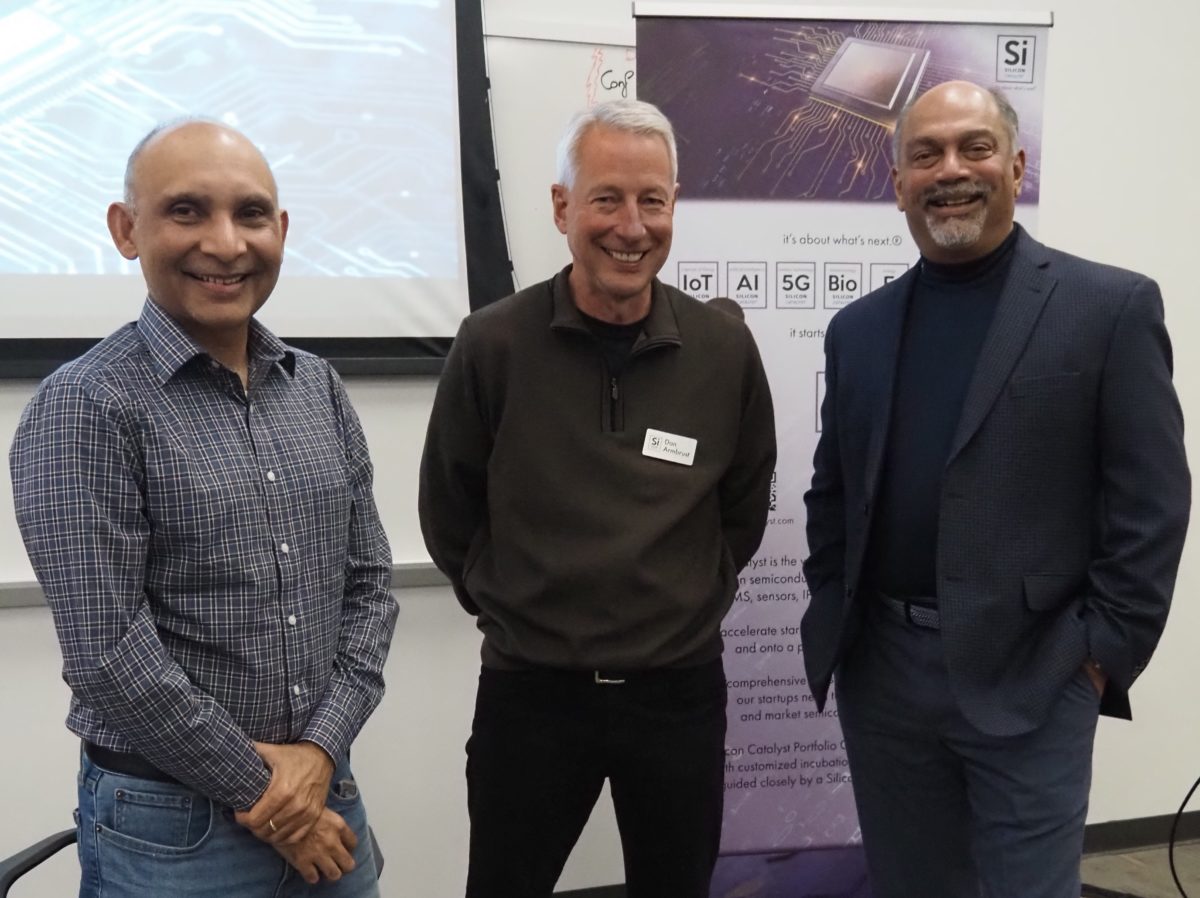Don't think I'm disagreeing about the benefit and discipline of working with Qualcomm. I'm merely observing that an external customer appears to be necessary - in my experience it often is. But perhaps Qualcomm has a more immediate market need for 18A than the internal designs.
18A is a node for Intel Foundry so of course an external customer is necessary. Chiplets are great for the fabs, easier to yield and manufacture than monolithic chips. The hard part is assembling all of those chiplets and packaging them up and making them work. Again, Intel is doing this mostly alone. TSMC is building a chiplet ecosystem with dozens of companies. The TSMC ecosystem is like the semiconductor version of Disneyland. It really is the happiest semiconductor design place on earth!



